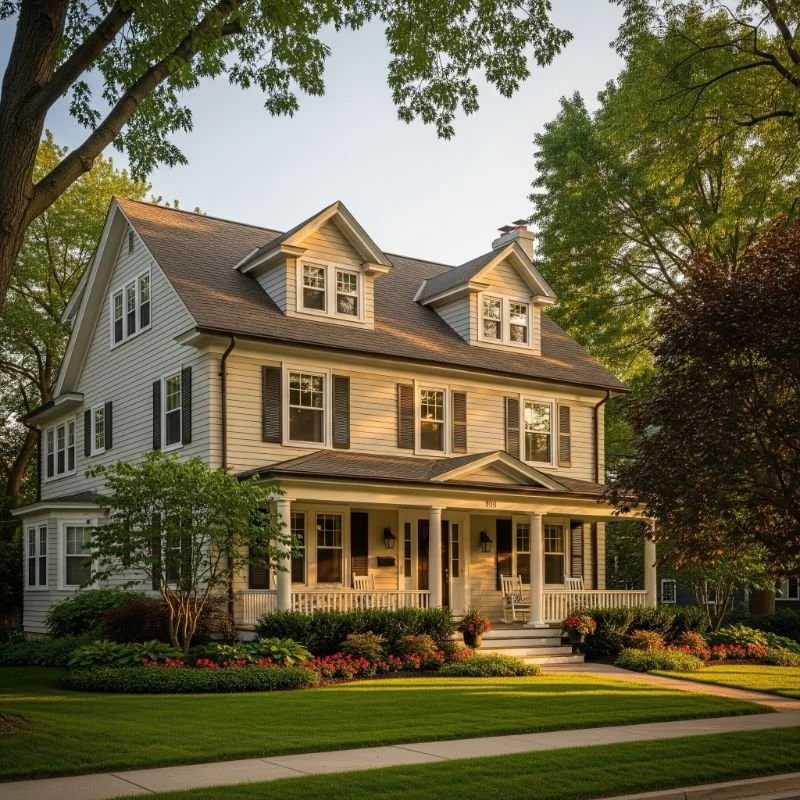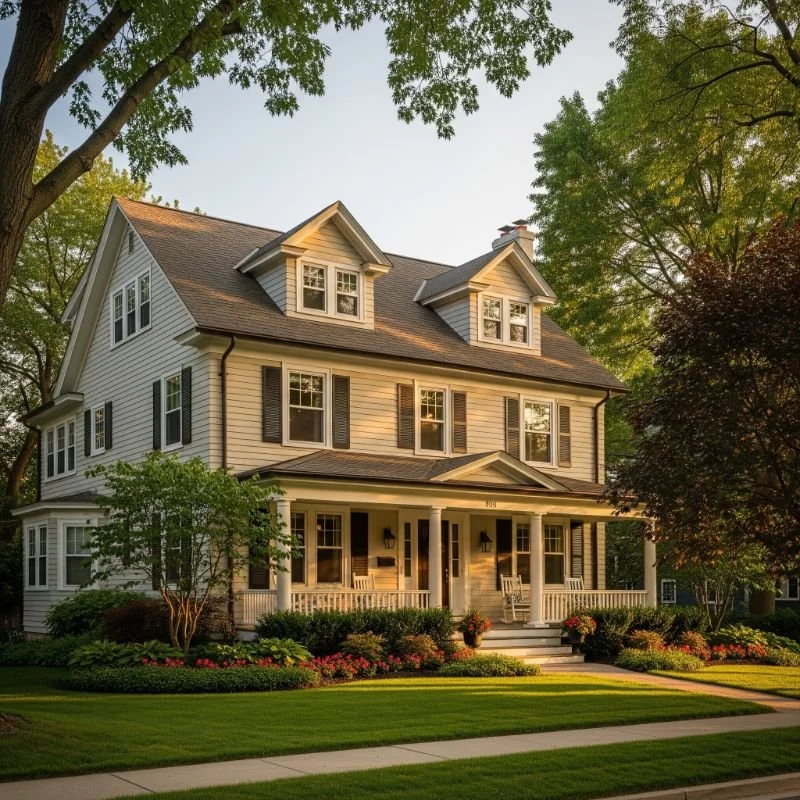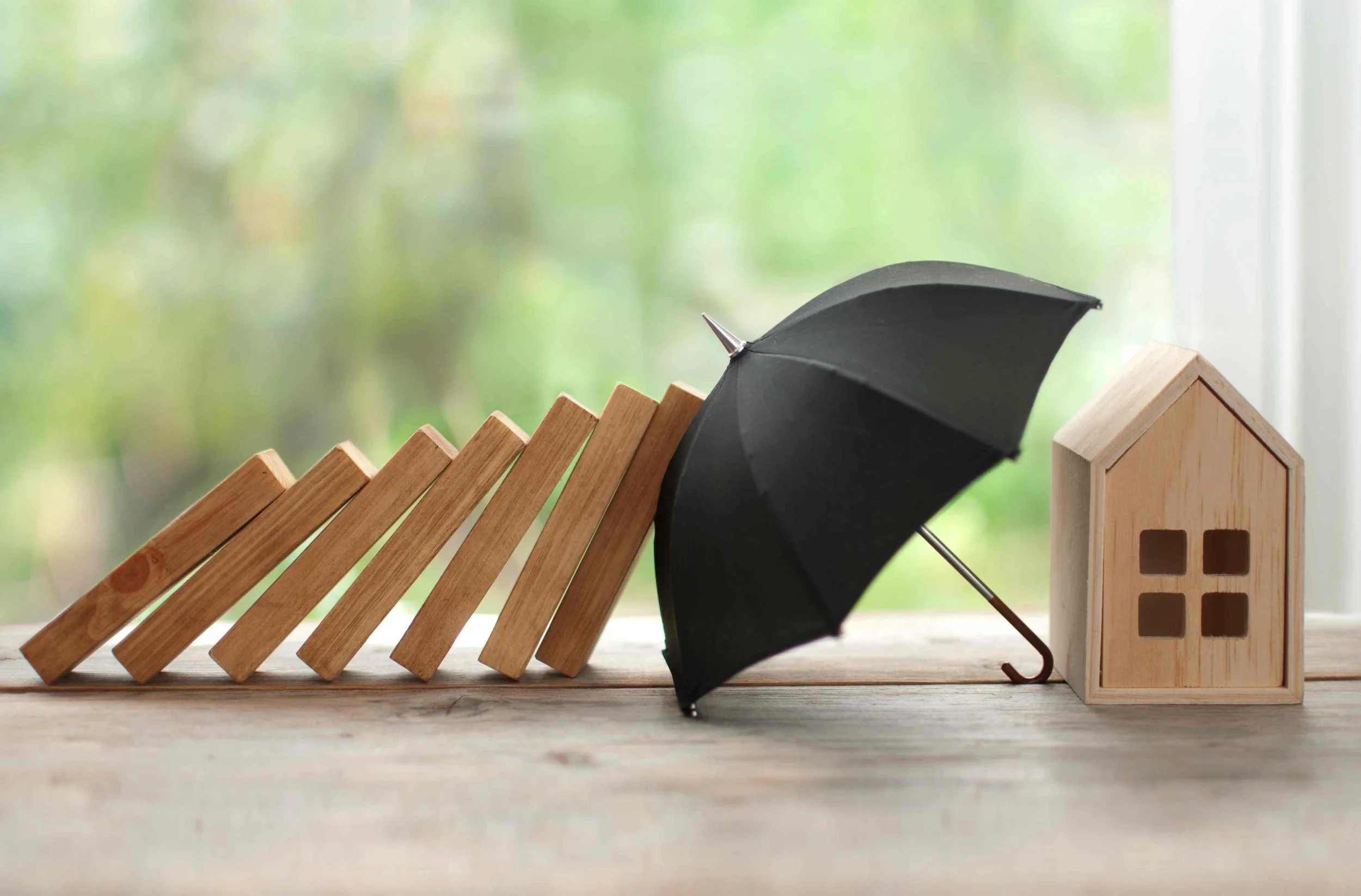Trend Forecast: The Role of Home Safety Designs in Insurance Policies
Explore how emerging home safety design trends influence insurance policies, reduce risks, and offer potential savings for homeowners.
How much can the design of a home impact insurance policies? In a world where technology shapes everything, even homes are getting smarter and safer.
From advanced alarms to weather-resistant structures, safety features are evolving fast. Insurance companies are paying close attention to these changes.
As homes become better protected, coverage terms and premiums are shifting, too. These updates are shaping the future of homeowner benefits in major ways.
This blog uncovers how home safety designs affect insurance trends and reveals what policyholders can expect next. Read on!
Smarter Homes, Safer Outcomes
Smart technology is changing the way people protect their homes. Tools like smart locks, motion sensors, and video doorbells help stop trouble before it starts.
Insurance providers see these upgrades as risk reducers. As a result, many offer discounts to homes equipped with smart safety features. This trend encourages homeowners to invest in modern solutions that prevent damage and theft.
Fire-Resistant Materials Matter
New homes are being built with materials that resist fire. These include fire-rated roofing, treated wood, and fire-resistant drywall.
Insurance companies favor homes with these materials because they lower the risk of big fire claims. Some policies even reward homeowners who renovate using fire-resistant upgrades. As wildfires increase in certain regions, fire protection has become a top concern for insurers.
Storm-Ready Home Features
Homes designed to handle strong storms get more attention from insurance companies. Reinforced roofs, hurricane shutters, and flood barriers can help prevent major losses. These features are especially important in storm-prone areas like coastal states.
As a result, insurance providers may offer better terms to homes built to weather storms. This also influences what to expect for Florida insurance rates moving forward.
Impact on Insurance Premiums
Home safety design plays a big role in how much homeowners pay for insurance. Safer homes are less likely to file claims, which makes them cheaper to insure.
Premiums may drop when homes include features like sprinkler systems, security systems, or disaster-resistant windows. On the other hand, homes without safety upgrades might see higher rates. This is why staying up to date with modern designs is so important.
Incentives from Insurance Providers
Many insurers offer benefits to encourage home safety upgrades. These may include lower premiums, cash-back programs, or faster claim processing.
The goal is to reward homeowners who take steps to reduce risk. Insurance companies may also provide checklists or partner with contractors to help make improvements easy. These perks are helping to shape a future where safety and savings go hand in hand.
Trends to Watch in the Future
More automation and eco-friendly materials are likely to be used in home safety design in the future. More and more homes will have self-monitoring systems that send instant alerts to the owners.
Homes might have AI-powered sensors that can find dangers like gas leaks or water damage. Because of these changes, insurance policies will need to offer more adaptable and quick coverage. You can expect insurance to change right along with the housing market.
How Home Safety Design Is Changing the Insurance World
It's no longer just for peace of mind that people build home safety; they're also changing how insurance works. These changes are really helpful for your money and your life. They lower your premiums and change the terms of your coverage.
Insurers should offer better deals when designs are smarter. As materials and technology keep getting better, homeowners who stay ahead will get even more benefits. You can make better decisions about your property if you know about these changes.


